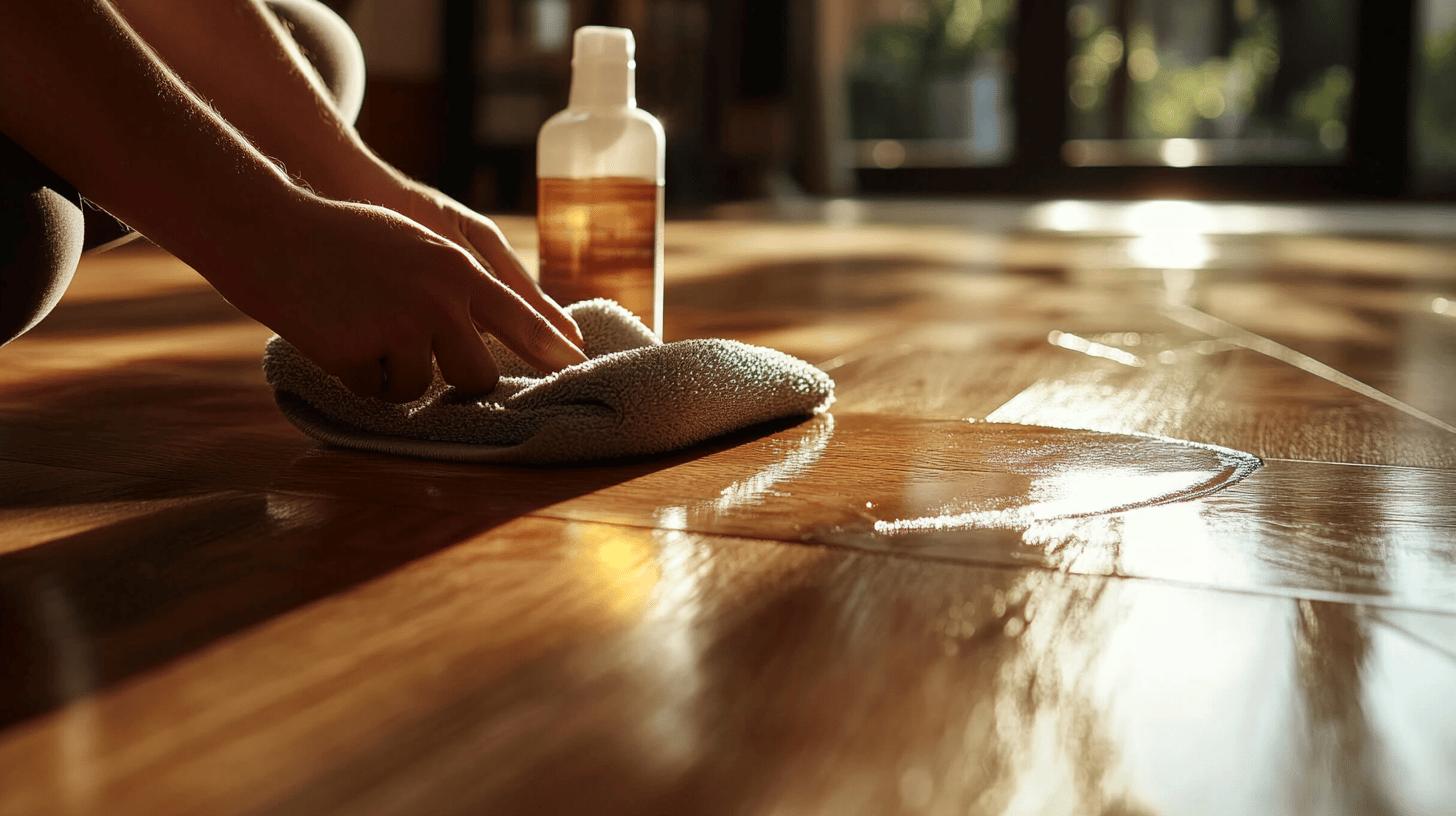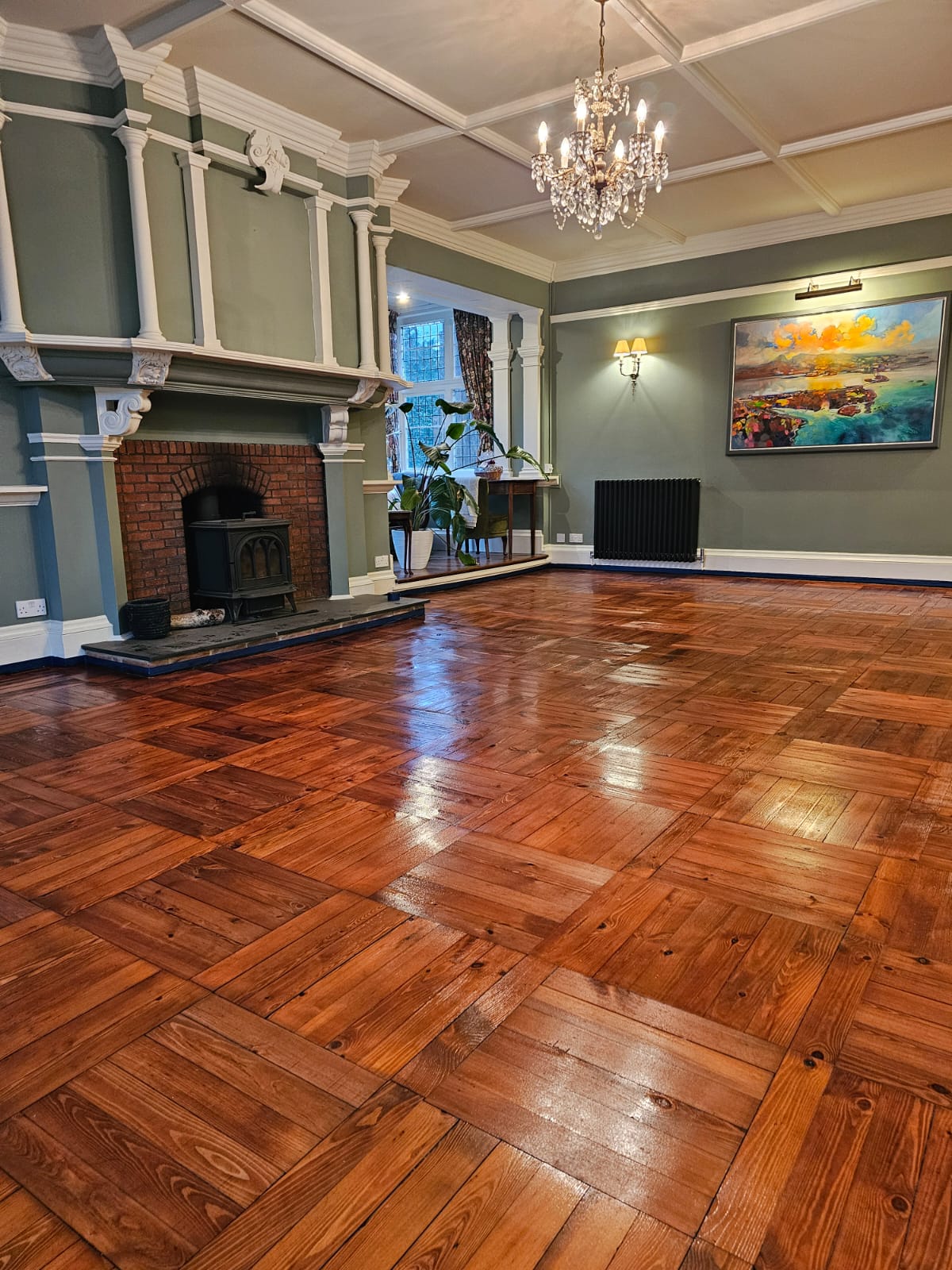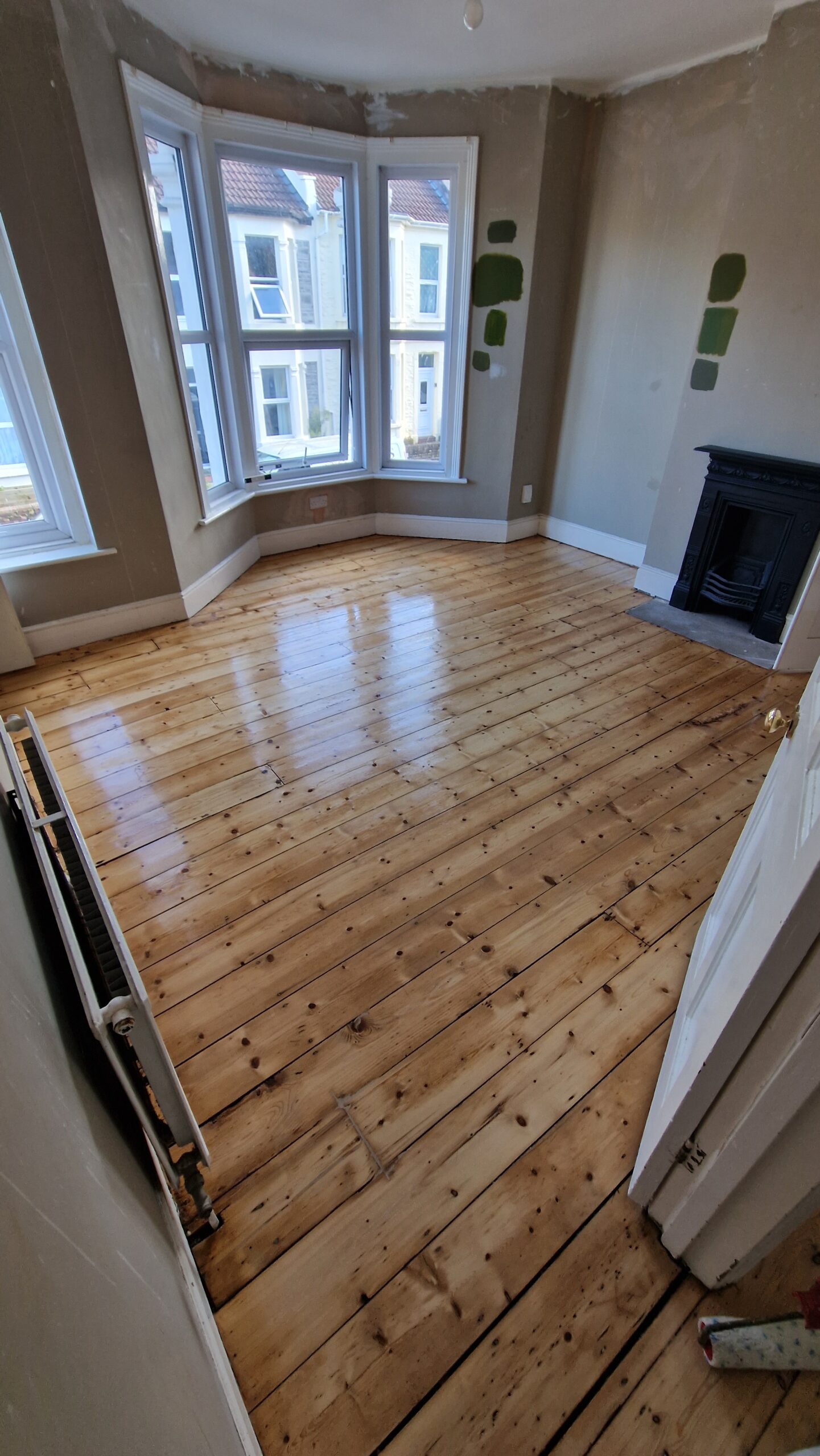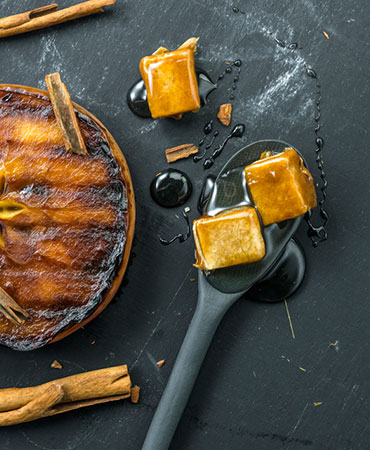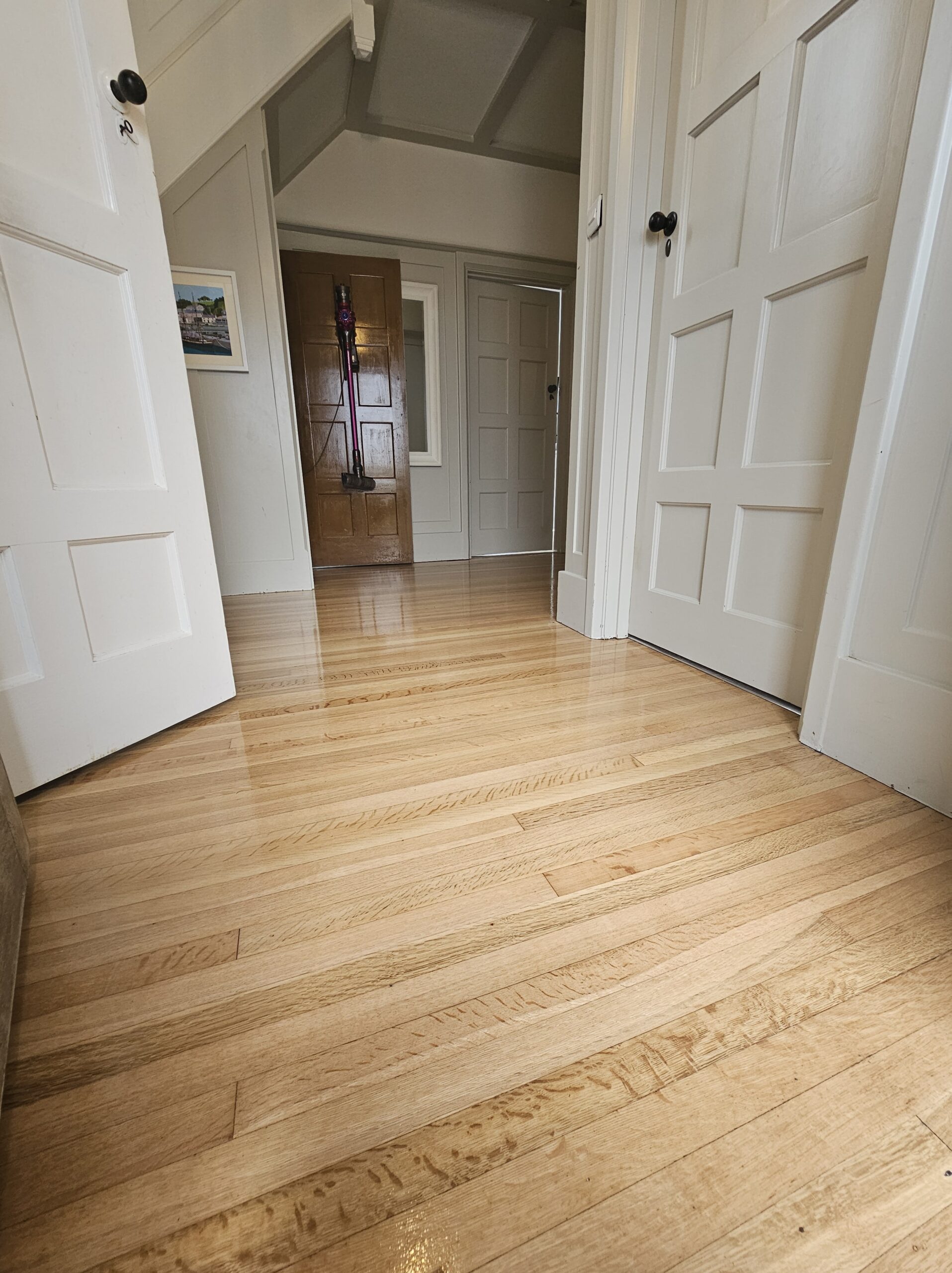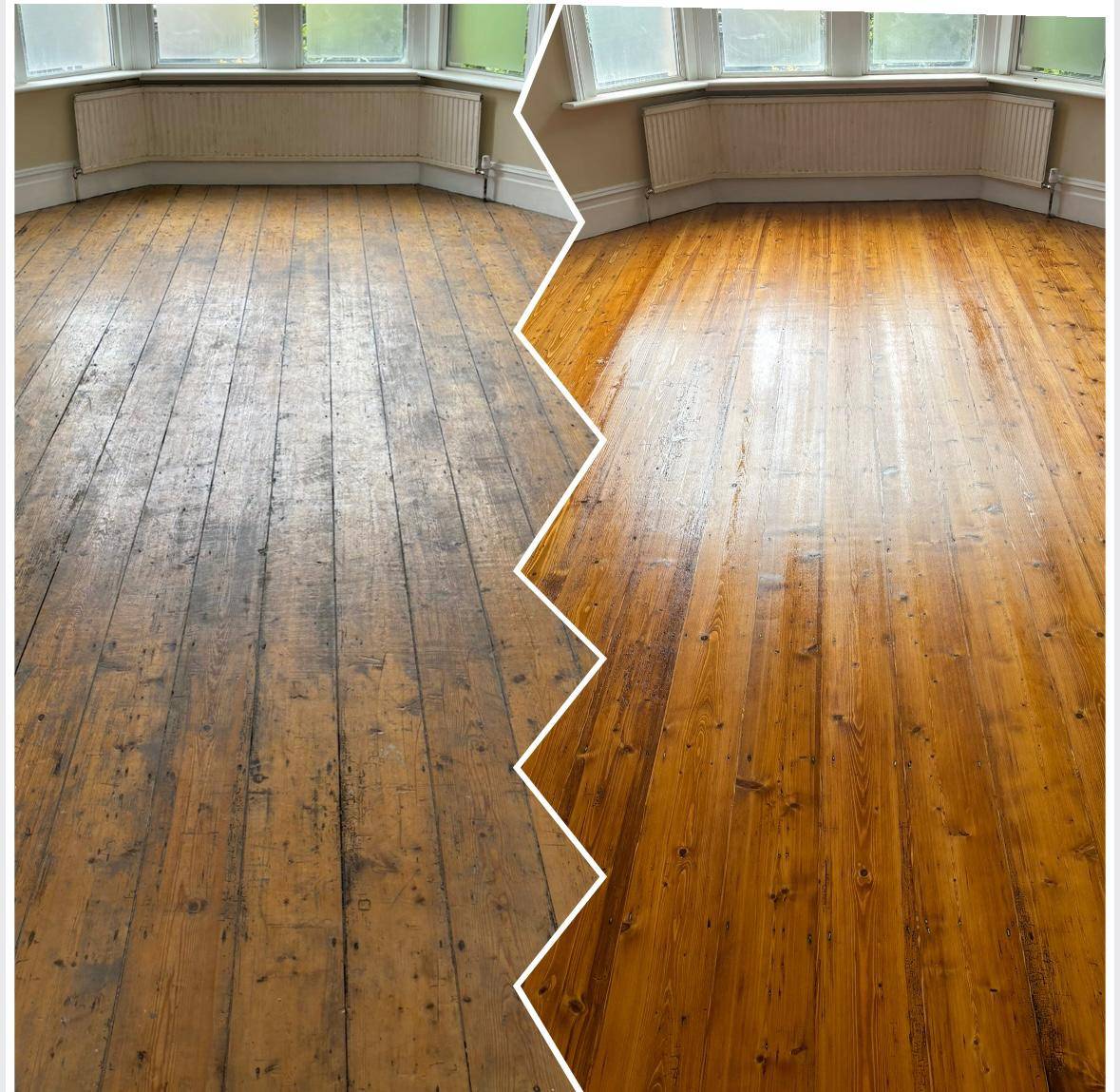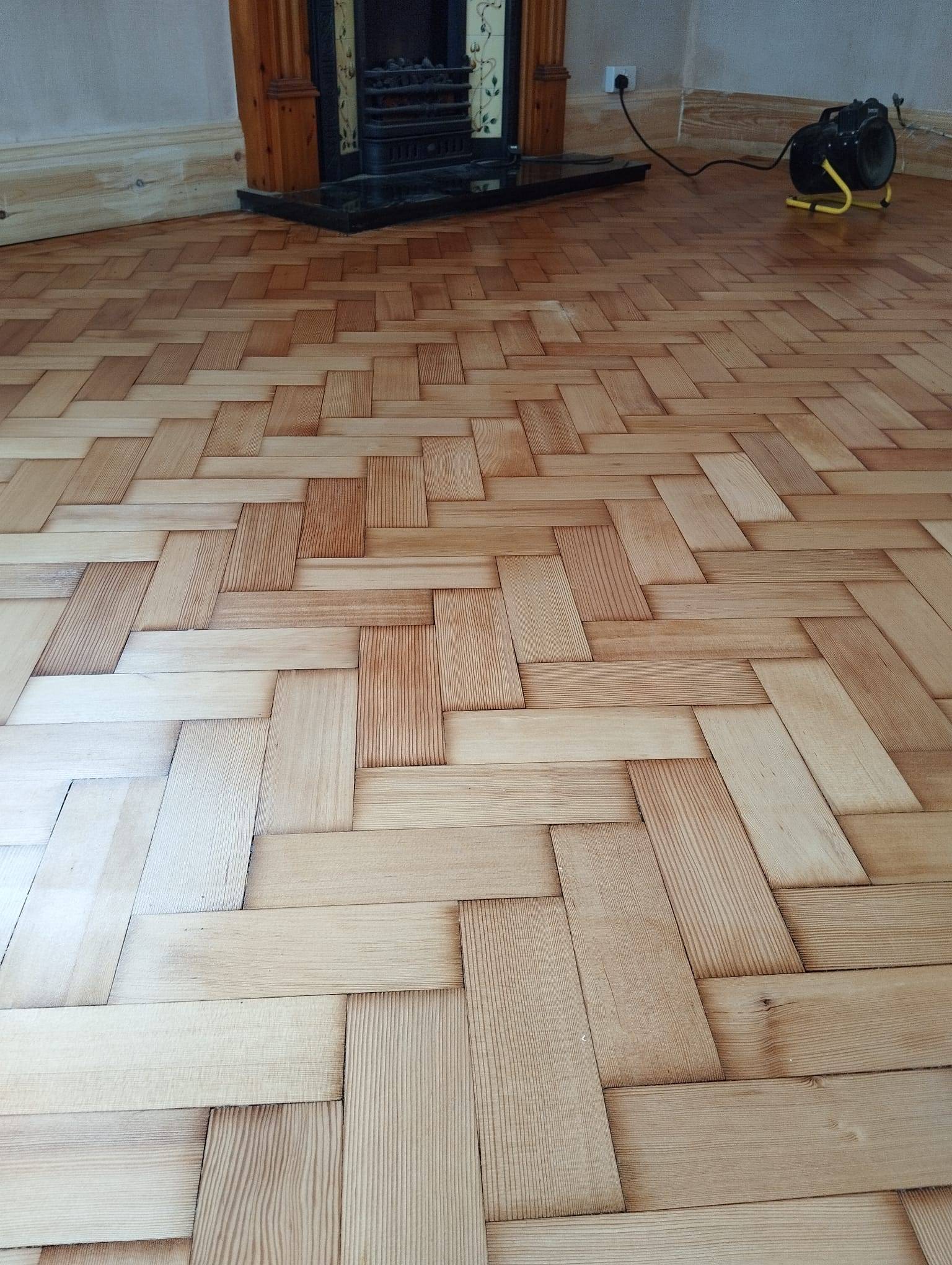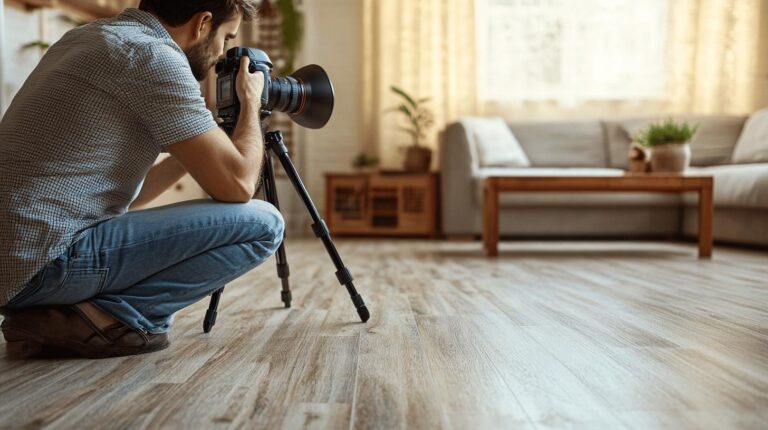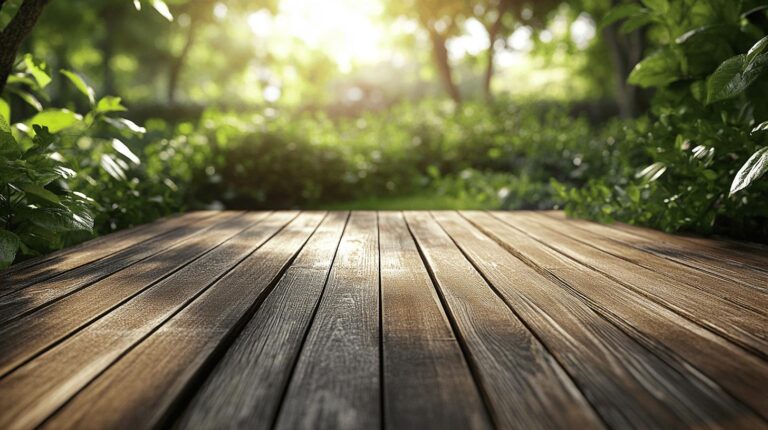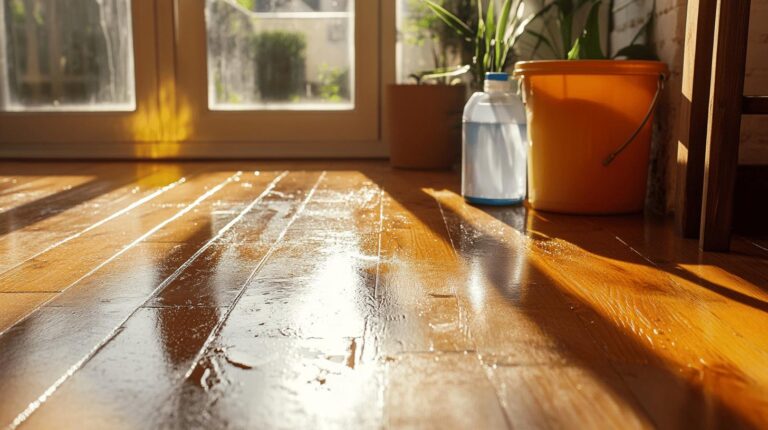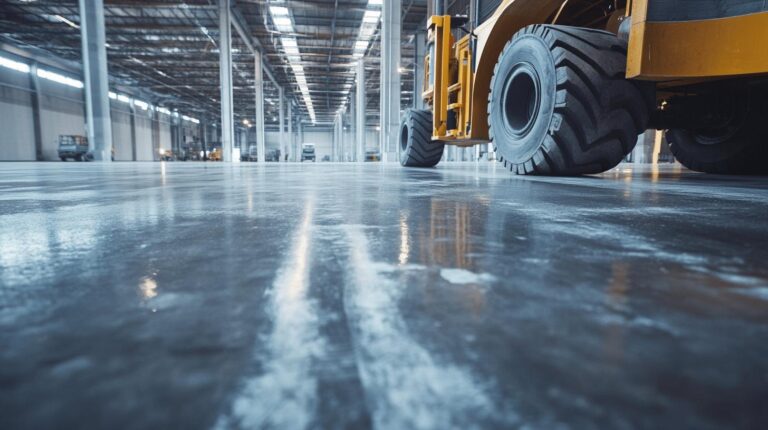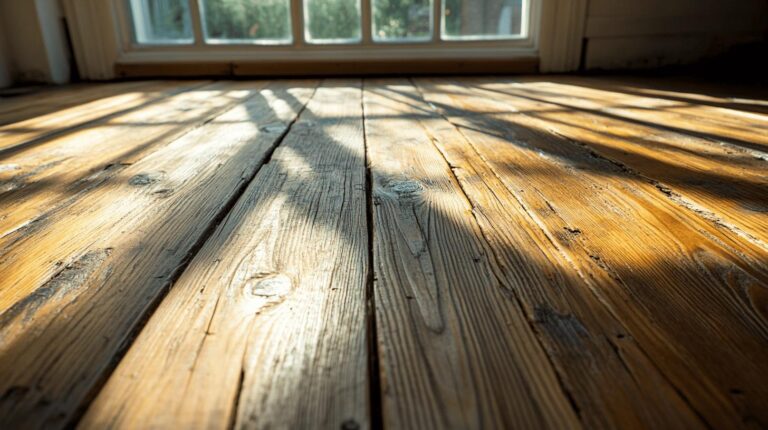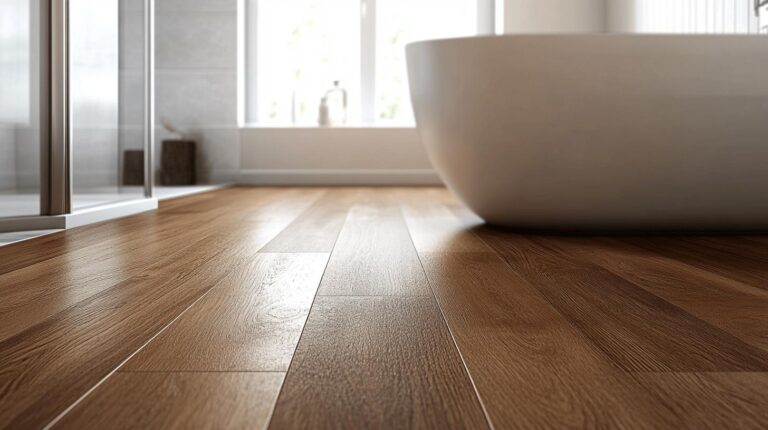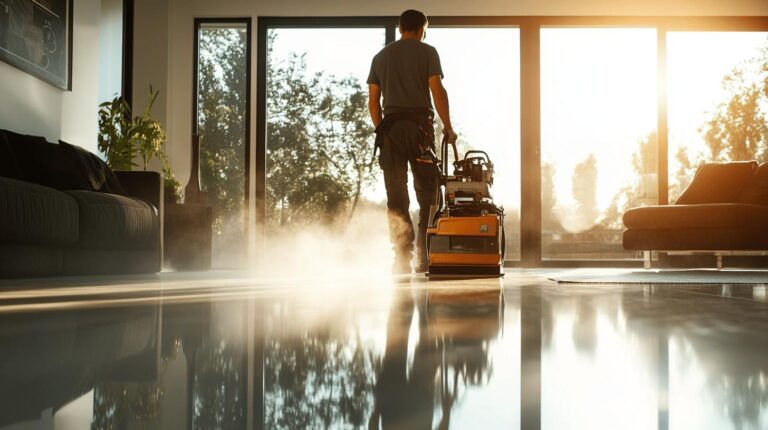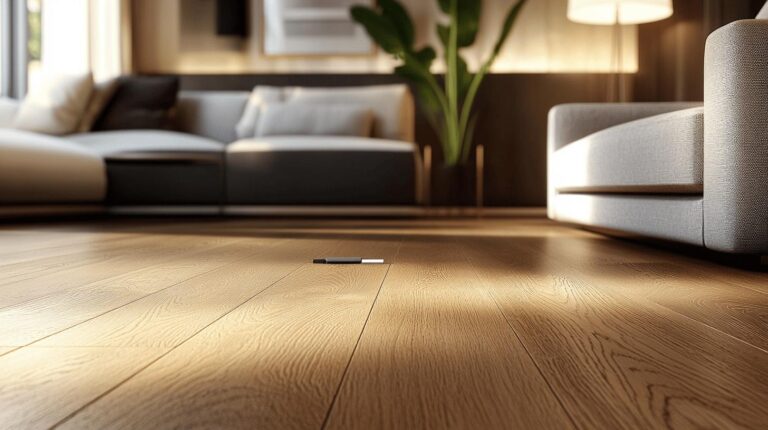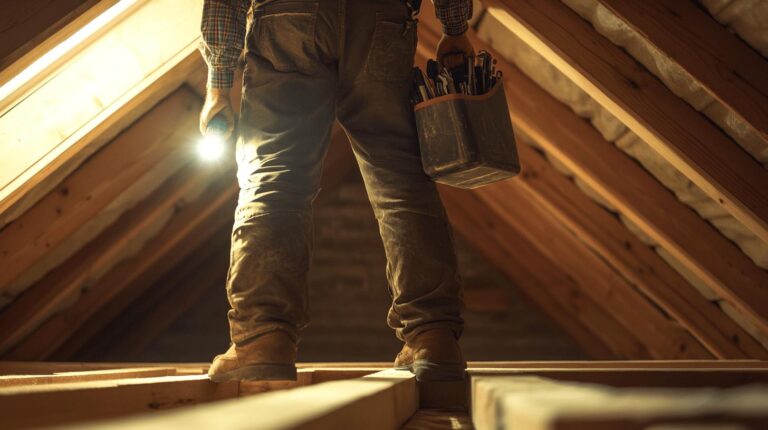Are you tired of unsightly scratches marring your beautiful wood floors? If so, you’re not alone. Wood floor restoration experts know that even elegant and durable floors are not immune to scratches that can detract from their overall appeal. Understanding the types and severity of these scratches is crucial for effective repair and maintenance. This article delves into expert wooden floor repairs and damage assessment, guiding you through both DIY solutions and commercial repair methods, ultimately ensuring your floors remain in pristine condition. Discover how to protect your investment and preserve your floor’s aesthetic with these professional insights.
Understanding Floor Scratch Types and Severity
Superficial scratches are the least concerning type of floor damage, affecting only the protective coating without penetrating the wood itself. Everyday activities typically cause these surface-level abrasions and can often be remedied with minimal effort. In contrast, minor scratches extend beyond the finish, damaging the wood beneath. This type of scratch usually results from moving furniture or dropping objects and requires more attentive care to address. Major scratches, or gouges, are the most severe, penetrating deeply into the wood planks. Such damage can significantly impact the floor’s appearance and structural integrity, necessitating professional repair.
To accurately assess the type of scratch present on a floor, consider the following signs:
- Superficial scratches: Only the finish is affected, with no visible damage to the wood.
- Minor scratches: Visible damage to the wood beneath the finish, often appearing as a slight indentation.
- Major scratches: Deep gouges that are easily felt and significantly alter the floor’s surface.
The implications of each scratch type on floor maintenance and repair vary considerably. Superficial scratches can be resolved with DIY methods, such as using a touch-up pen or a floor polish. Minor scratches may require sanding and refinishing to restore the wood’s original look, although a skilled homeowner can often do this. Major scratches usually demand professional wood floor sanding and refinishing, to ensure the floor’s longevity and prevent further damage. Understanding these distinctions is crucial for effective floor scratch evaluation and repair planning.
DIY Solutions for Removing Floor Scratches
Before embarking on any DIY scratch repair, it’s crucial to assess the depth of the scratch. Superficial scratches, which only impact the floor’s finish, are generally the easiest to repair. These can often be managed with simple home remedies or basic DIY solutions. Minor scratches that slightly dent the wood require more attention, but these, too, can often be addressed without professional help. Major scratches, however, typically necessitate professional intervention due to their depth and potential impact on the floor’s integrity.
Here are five steps to address light to moderate scratches using DIY methods:
- Clean the Area: Before initiating any repair, thoroughly clean the scratched section of the floor to remove dirt and debris, ensuring the scratch is visible and accessible.
- Use a Wood Marker or Crayon: For light scratches on wood floors, apply a wood marker or crayon that matches the floor colour. This can fill and conceal the scratch effectively.
- Buff with a Soft Cloth: Gently buff the area with a soft cloth to blend the colour and ensure a smooth finish.
- Apply Olive Oil or Coconut Oil: For minor scratches, especially on laminate floors, rubbing a small amount of olive oil or coconut oil into the scratch can help reduce its visibility.
- Polish the Floor: Finish by applying floor polish to restore shine and offer additional protection to the repaired area.
Home remedies can be surprisingly effective for superficial scratches. Vinegar, for instance, mixed with olive oil, can sometimes diminish the appearance of shallow scratches. Apply the mixture with a soft cloth to the scratched area, letting it sit briefly before wiping away the excess.
In terms of cost-effective solutions, scratch repair kits are readily available and generally include filling compounds and finish solutions tailored to various floor types. These kits offer a more comprehensive approach to scratch repair, especially for those who prefer a ready-made solution. While DIY methods are suitable for minor damages, deeper scratches should be addressed with professional-grade products or services to ensure optimal floor appearance and longevity.
Commercial Products and Kits for Scratch Removal
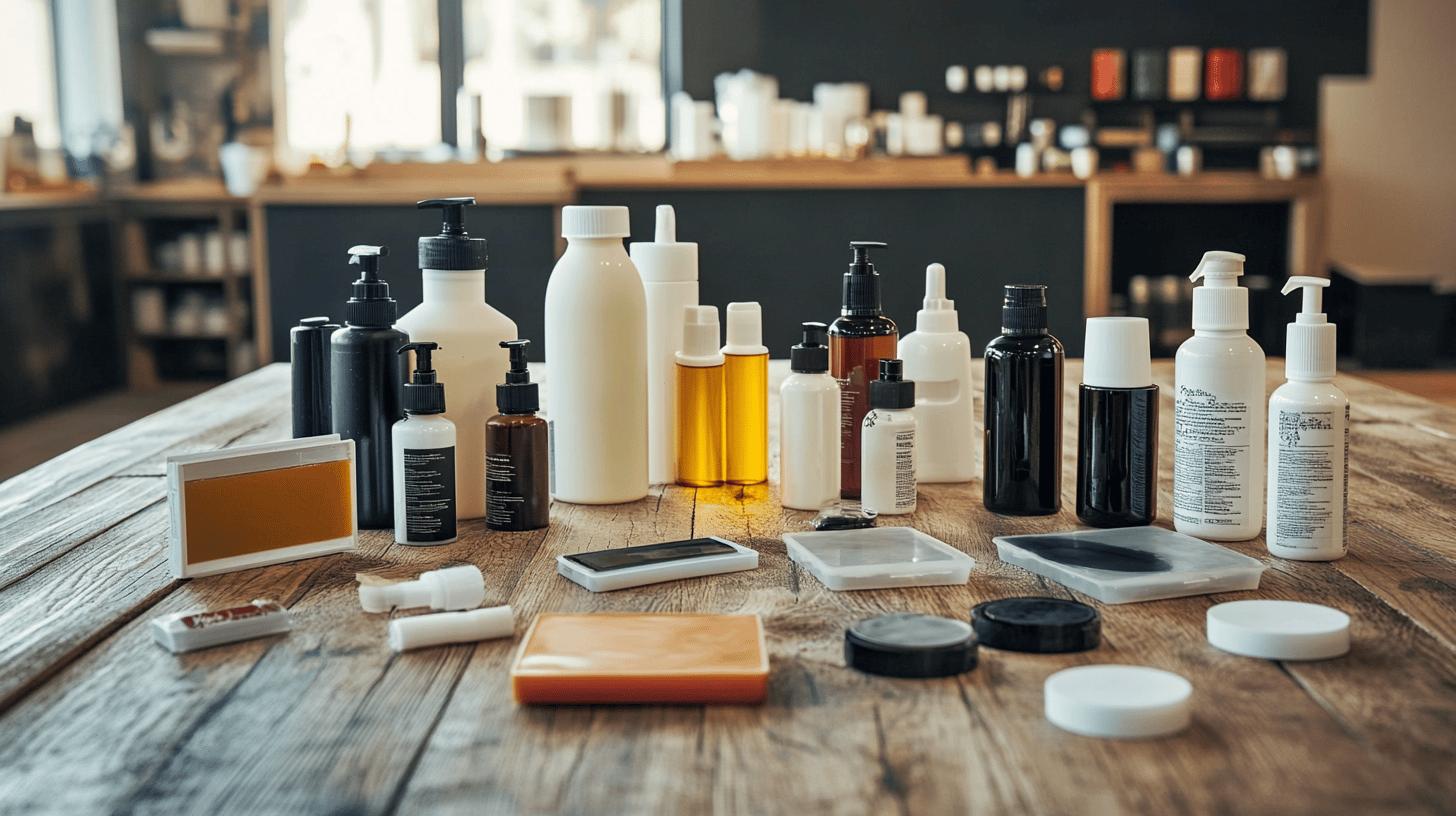
Floor scratch repair kits are an effective solution for addressing scratches that are more noticeable and require more than just a quick fix. These kits typically contain a variety of compounds and solutions designed to fill, conceal, and protect the damaged area. Most kits include a filler material that matches the colour of the floor, a solution to seal the repair, and sometimes additional tools like applicators or sandpaper for smoothing the area. The application process generally involves cleaning the affected area, applying the filler to the scratch, and sealing it with the included solution. This not only improves the appearance of the floor but also helps protect it from future damage.
Commercial products are particularly beneficial for those looking to manage more visible scratches without resorting to professional services. They offer a balance between ease of use and effectiveness, making them ideal for homeowners who prefer a DIY approach with professional-grade results. While these kits can manage many types of scratches, it’s essential to follow the manufacturer’s instructions carefully to ensure the best outcome.
Recommended products for scratch management include:
- Minwax Hardwood Floor Reviver: Provides a protective coating that rejuvenates the floor’s appearance.
- Rejuvenate All Floors Restorer: Offers a durable finish that fills in scratches and restores shine.
- Weiman Wood Floor Polish and Restorer: Cleans, polishes, and protects wood floors, enhancing their natural beauty.
However, when dealing with severe damage or deep gouges, it may be necessary to seek the expertise of scratch repair specialists. These professionals can offer comprehensive solutions, such as sanding and refinishing, to ensure the integrity and appearance of the flooring is restored to its original condition. Professional intervention is advisable when DIY methods and commercial kits do not suffice, as they provide the expertise and tools needed for more extensive repairs.
Scratch Prevention and Maintenance Tips
Regular maintenance is crucial to preserving the quality and appearance of your flooring. By consistently caring for your floors, you not only enhance their aesthetic appeal but also extend their longevity. Regular cleaning removes dirt and grit that can cause superficial scratches, while periodic inspections can identify potential issues before they escalate into significant damage. Keeping a maintenance schedule ensures that minor problems are addressed promptly, reducing the risk of larger, more costly repairs in the future.
To effectively prevent floor scratches, consider implementing the following measures:
- Use furniture pads: Attach felt pads to the bottom of furniture legs to prevent them from scratching the floor when moved.
- Place rugs in high-traffic areas: Rugs can protect floors from wear and tear in areas like entryways and hallways.
- Trim pet nails: Keeping pet nails trimmed helps avoid scratches caused by their movement across the floor.
- Avoid harsh cleaning tools: Use soft brooms or vacuum attachments designed for hardwood or laminate floors to prevent damage.
Routine care is essential for maintaining the appearance and longevity of your floors. Regular dusting and cleaning with suitable products will help keep their shine and prevent dulling. Additionally, promptly wiping up spills prevents moisture damage, which can lead to warping or staining. By adopting these practices, you ensure that your floors remain in excellent condition, preserving their value and beauty for years to come.
Professional Services for Deep Floor Scratches
Deep floor scratches often necessitate professional intervention due to their potential to compromise the flooring’s aesthetics and structural integrity. Identifying when to call in experts is crucial: if a scratch penetrates deeply into the wood or extends across multiple planks or exposes the flooring substrate, these are clear indicators that DIY methods are insufficient. Additionally, if the scratch affects a high-traffic area where the floor’s structural reliability is paramount, professional services should be considered to prevent further deterioration.
Professional floor refinishing services offer comprehensive solutions for managing deep scratches. This typically involves sanding the affected area to remove the damage and refinishing to restore the floor’s original appearance and protect it from future harm. For severe cases, such as deep marble floor scratches, specialists may employ advanced techniques and materials specifically designed for the unique properties of marble, ensuring the repair integrates seamlessly with the surrounding floor.
Ryan’s Restoration stands out as a leading provider of such professional services. With expertise in handling deep floor scratches, they offer tailored solutions that address the specific challenges of each floor type. Their approach not only ensures the longevity and beauty of the flooring but also reinforces its structural soundness. By entrusting repair tasks to seasoned professionals like Ryan’s Restoration, homeowners can expect high-quality results that restore their floors to pristine condition.
Final Words
Identifying and addressing floor scratches is crucial for maintaining beautiful and durable flooring. From superficial to major scratches, the severity dictates the appropriate approach—whether it be DIY methods, commercial products, or professional services. Effective scratch removal, combined with prevention and maintenance techniques, can significantly extend the life of your floors.
Implementing these strategies helps preserve floor aesthetics and value. Professional expertise is invaluable for hard-to-tackle scratches. Opting for companies like Ryan’s Restoration ensures high-quality outcomes, ensuring your floors remain pristine and inviting.
FAQ
How can deep scratches on wood floors be repaired?
Deep scratches on wood floors can be repaired using a combination of wood fillers and sanding. For severe damage, professionals recommend refinishing to ensure a seamless restoration.
Can vinegar be used to remove scratches from hardwood floors?
Vinegar, combined with olive oil, can minimise scratches on hardwood floors. However, it is best for superficial scratches, and deeper ones may require more intensive treatment.
What are some DIY solutions for removing floor scratches?
DIY solutions for floor scratches include using nut oil for light scratches, a combination of vinegar and olive oil, or a commercial scratch repair kit for moderate damage. Always assess scratch depth before starting any repair.
Is it possible to repair deep scratches on wood flooring without sanding?
Repairing deep scratches without sanding is challenging. It might involve using specific fillers and sealants, but sanding is often required for the best results.
How do scratch repair waxes work on wood floors?
Scratch repair waxes fill and conceal scratches by matching the floor’s colour. They provide a temporary fix for minor damage, enhancing the floor’s appearance.
What methods can be used to hide scratches on wood floors?
To hide scratches on wood floors, use wood polish, repair kits, or blend scratches with a matching crayon or marker. These methods temporarily improve the appearance.
Can scratches be removed from laminate flooring, and which methods are effective?
Yes, scratches can be removed from laminate flooring using a laminate repair kit or filling compound. These kits effectively cover and disguise minor to moderate scratches.
How can scratches from dogs on hardwood floors be fixed?
Scratches caused by dogs can be minimized using a combination of wood polish, repair kits, or refinishing for extensive damage. Preventive measures like nail caps can also help.
How do you make scratches less visible on floors?
To make scratches less visible on floors, use a scratch concealer, blend the area with a floor marker, or apply a coat of floor polish for enhanced coverage.
Does toothpaste remove scratches from laminate flooring?
Toothpaste can reduce the appearance of small scratches on laminate flooring. Apply gently with a damp cloth, but for better results, a laminate repair kit is advisable.
Can floor polish be used to remove scratches?
Floor polish can make scratches less noticeable by adding a shine that minimises the contrast. It is most effective for minor and superficial scratches.
